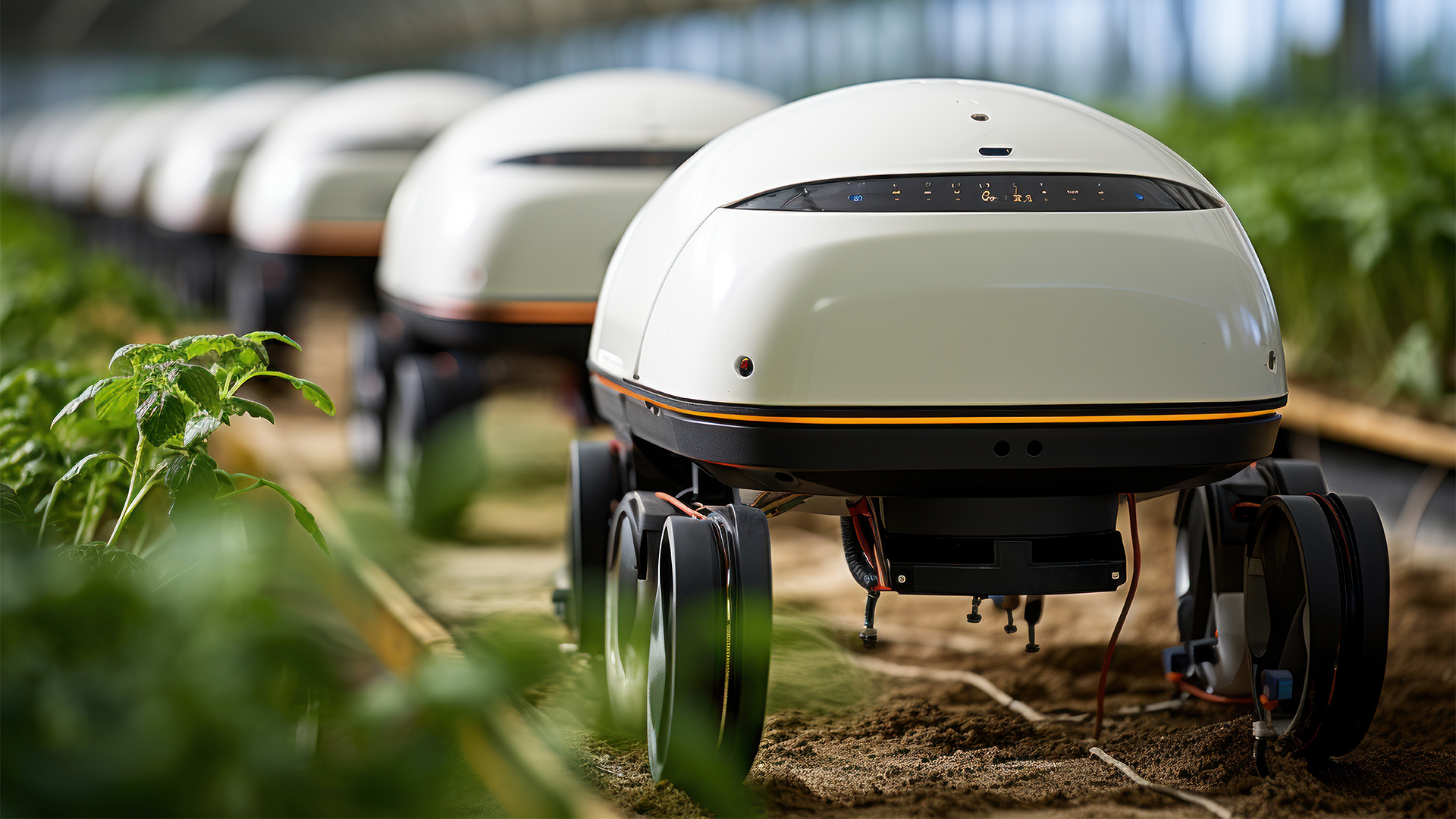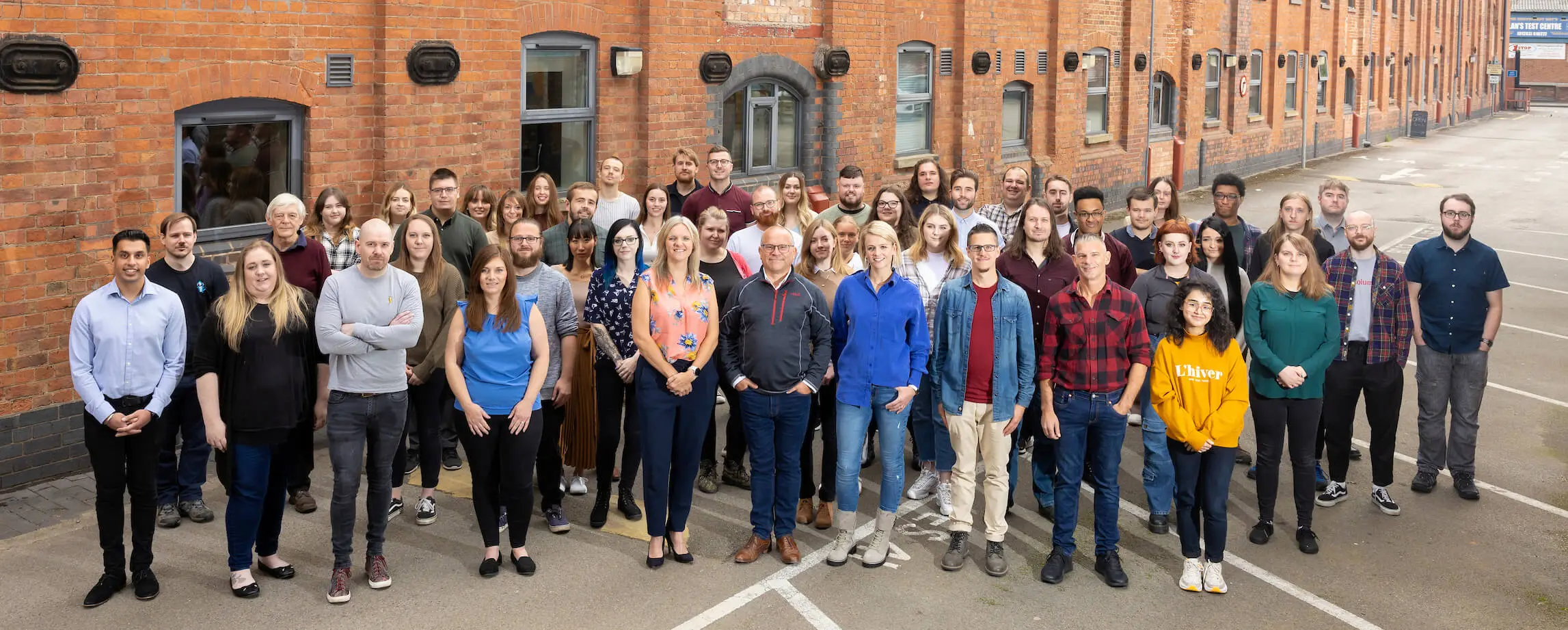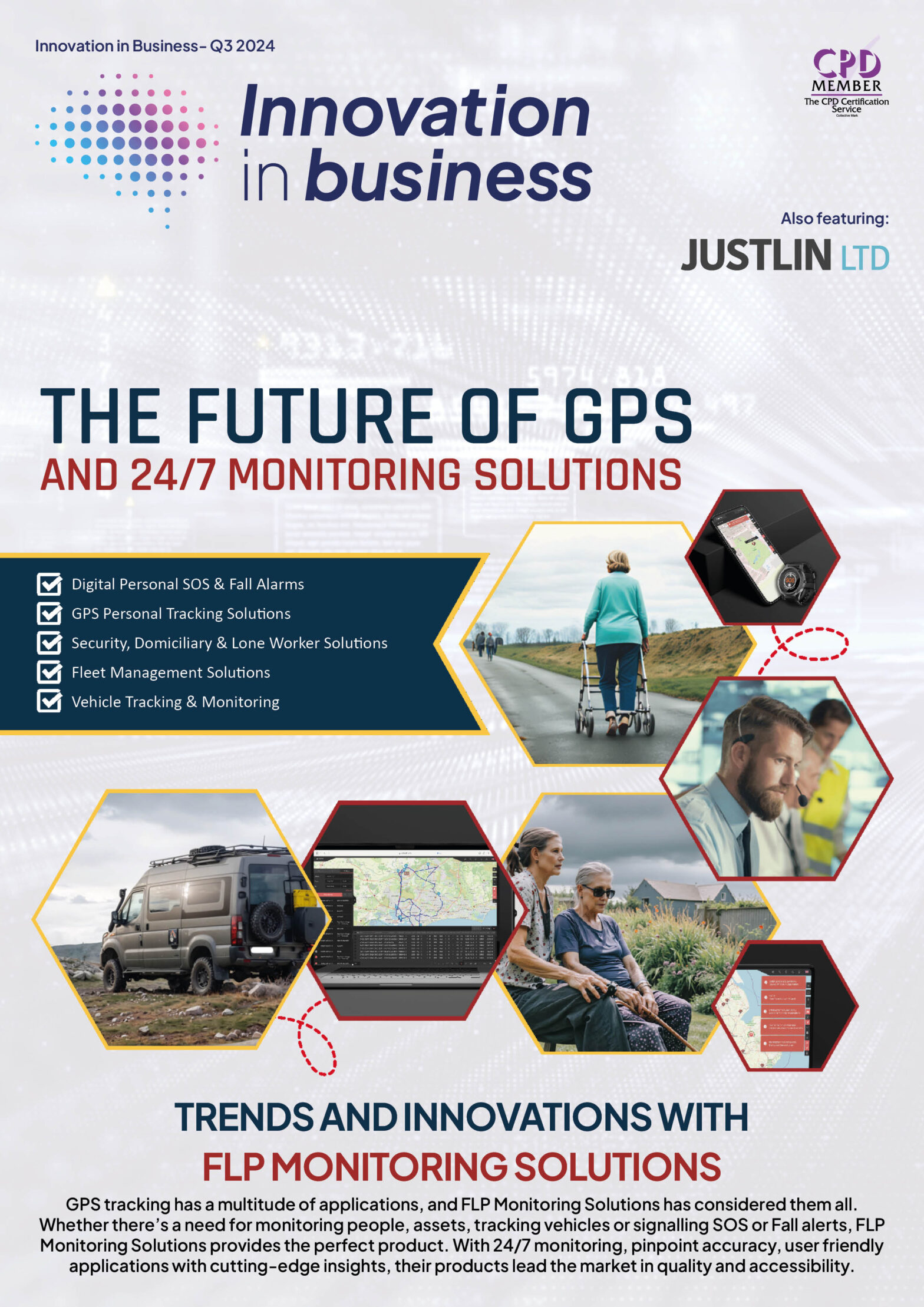

Agribot, an artificial intelligence and climate technology firm and Agri-EPI Centre, with funding from Innovate UK, have joined forces to develop a grassland modelling solution to provide grass growth measurements with accuracy that was unattainable in previous technology—saving farmers’ money and bringing environmental benefits.
Working with Cumbria farm network and a dairy farm in Leicestershire, the “Grasslands Modelling for Improved Utilisation” project distinguishes itself from previous grass growth forecasting methods as it combines innovative Synthetic Aperture Radar (SAR), a form of radar that can easily pass-through clouds with a novel two-week probabilistic weather model. The result is year-round reliable data on the dry matter mass cover in an identified field. Farmers will be able to use the data to make informed decisions about their own fields, enhancing farm productivity and lowering the carbon footprint of dairy herds.
Chris Knight, founder of Agribot says:
“With the world experiencing increasingly erratic weather patterns, and with 40% of English agricultural land dedicated to temporary and permanent grasslands, this technology is now more essential than ever—cutting time, costs, and carbon emissions.
“Our app is helping to change this by addressing the problem in three stages: using real time satellite radar data to find out what’s happening now, creating a 2–3-day weather forecast and finally a 2–3-week growth forecast for grass based on our long-range weather and localised climate models.”
Rob Morrison, Head of Dairy at Agri-EPI says:
“Armed with knowledge about rainfall patterns and grass growth, farmers can proactively manage resources, minimise waste, and significantly reduce costs. This not only bolsters their financial independence but also enhances their ability to withstand economic and climate-related shocks. Well-managed rotational grazing also helps restore and enhance grassland ecosystems.
“Overall, grasslands modelling provides resilience to the dairy farming sector and aligns with the UK’s goal for net zero carbon emissions. For instance, an increased utilisation of 1% of grassland could increase the annual profitability of the UK dairy and livestock sector by £22 million. Our test farms as part of this feasibility study are already seeing the benefits of this and we will soon be engaging with the wider Agri-EPI network to increase adoption.”
Accurate weather and growth forecasting is an increasingly valuable resource. The Grassland Modelling project not only forecasts the impacts of accelerated climate change but works to help mitigate them through effective farm management. Grassland can be a carbon sink in line with government and supply chain policies. Shorter grazing periods and longer rest periods for the grass allow for manure to decompose, allowing microbes to flourish and populate the soil, increasing the amount of carbon that the soil can sequester, removing carbon from the atmosphere.

Technology
25 March 2025
Ransomware-As-A-Service Variants on the Rise With Critical Infrastructure Providers at the Greatest Risk

Business Advice
25 March 2025
Claims Processing Automation: How Insurers Can Cut Costs and Improve CX

Technology
18 March 2025
Secret Signs Your Internet Security Has Been Compromised






















